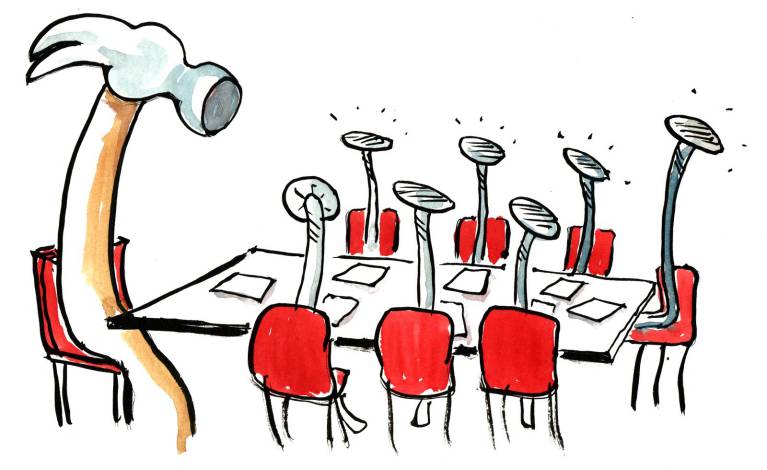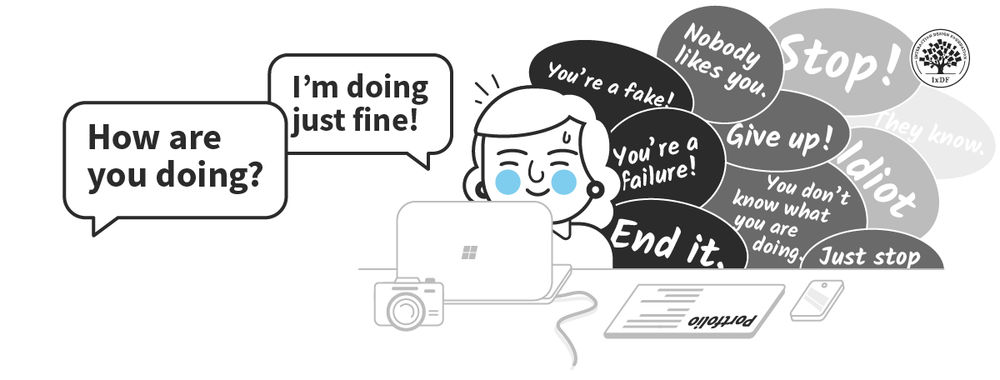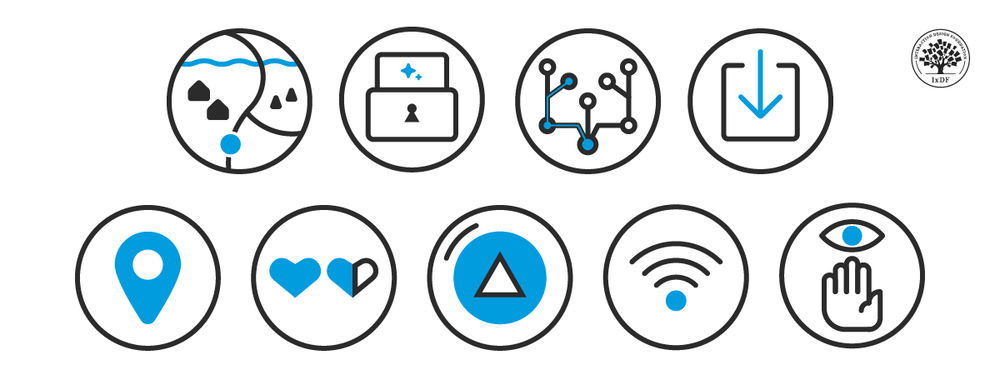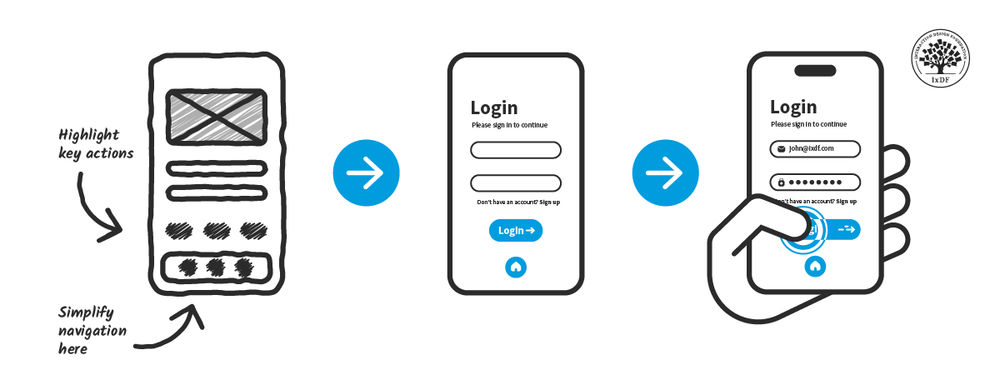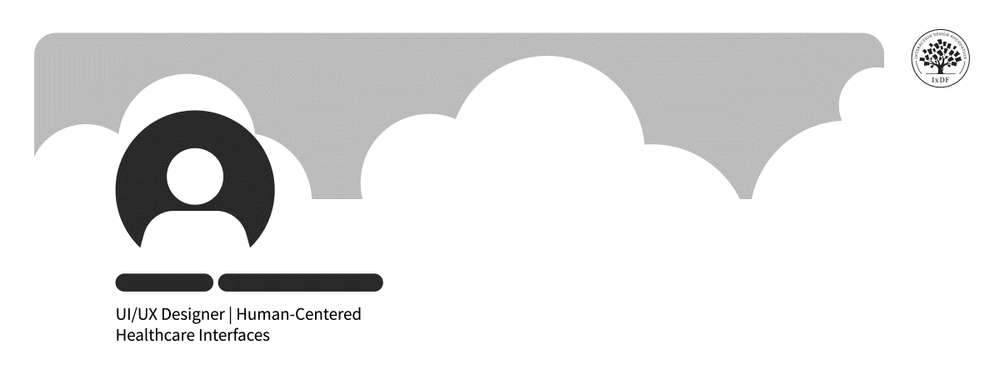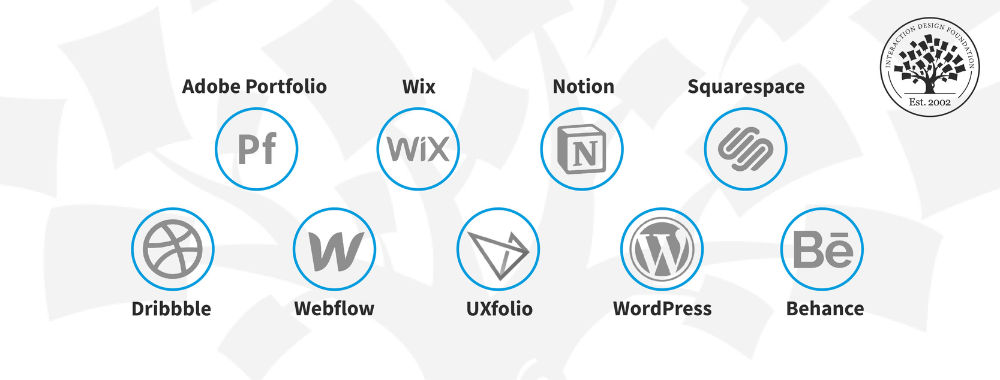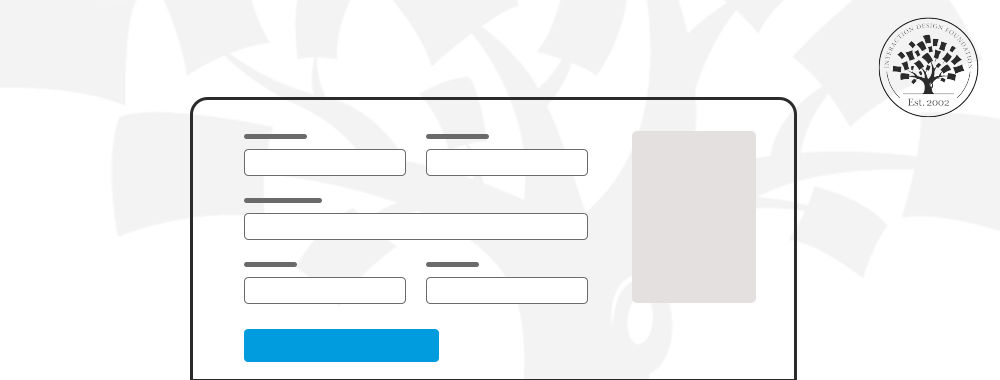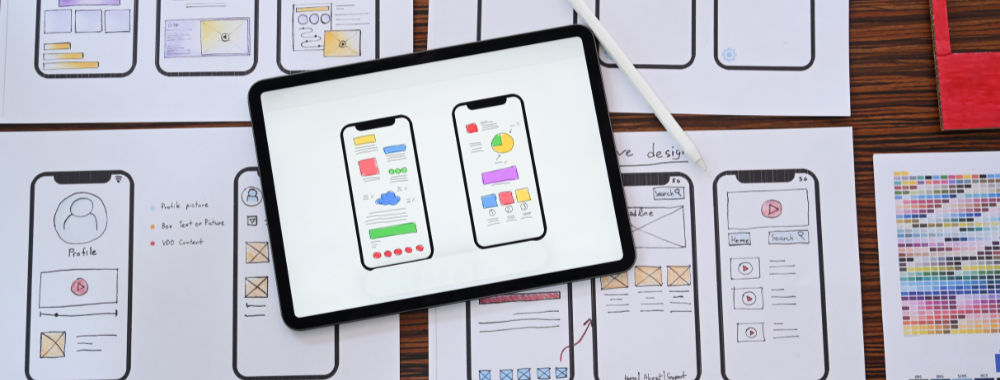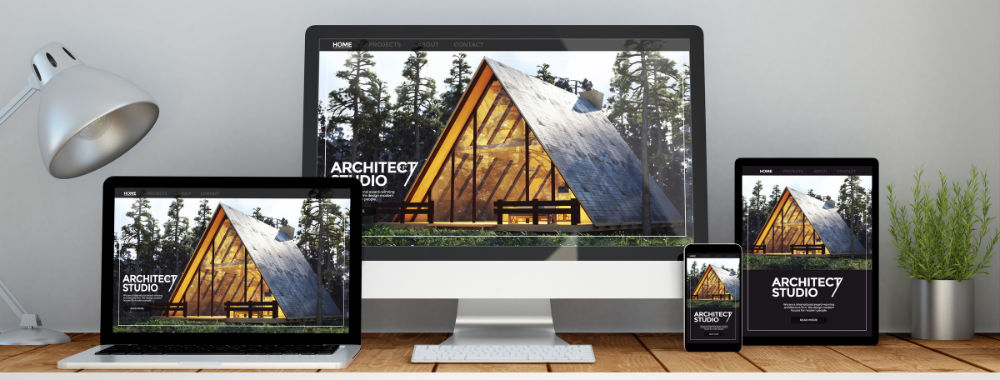Even on the walk to the room; you’re a little bit nervous and when you go inside – you find yourself on autopilot. It’s not that your pitch sucks but it’s just not as good as you felt it could be. You look at the client and they’re neither elated nor deflated? Surely, there’s a better way to go about meetings than this?

Of course there is a better way to handle meetings and that’s to stop acting like part of the corporate machine. All that wonderful advice on how to stand, what to say, how to behave, etc. that you’ve received? It worked. It worked only too well – you and everyone else invited to the pitch meeting is a perfect carbon clone of each other. The client cannot see the “real you” or the “real idea” for the identikit approaches and presentations they receive. So how do we change that?
Learn to Be You
You are a real person. Your friends and family like you for who you are; so can clients. When you do your research and find something startling out about the client; feel free to bring it up the way you would in conversation with anyone else. If you think there’s something specific to admire about the way they do business; do the same thing.

Be honest, be bright, be vibrant and get off your script and into a conversation. Pitches should be more about the client than they are about you but… you are selling you as part of the pitch, so make it easy for the client to get to know you rather than the business school you attended.
Stop Over-Rehearsing

Yes, you need to give a great presentation. Yes, the advice in all the presentation workshops is practice, practice, practice until you’re perfect. Except, they forgot to tell you that all that practice is making you into a robot.
You’d be better off spending a lot of that practice time getting to know your client. Read what they write and publish. Check out their social media presences. Take time to care about the person not just the company and the business. It’s a cliché that we buy from people like us but it’s still true. If you can show you care about more than just the business; then you’re going to get more business.
Tell the Truth
That doesn’t mean be soul-crushingly rude about it but it does mean that you sometimes have to be able to tell a client that what they want to do or what they are already doing – isn’t going to get (or isn’t getting) the results they want.
Clients don’t need to hire “yes men” they probably have enough of those in the office; if you’re pitching for their business – you need to be prepared to have some tough conversations as well as easy ones. It’s OK, the clients you want? They’ll respect you for it.
